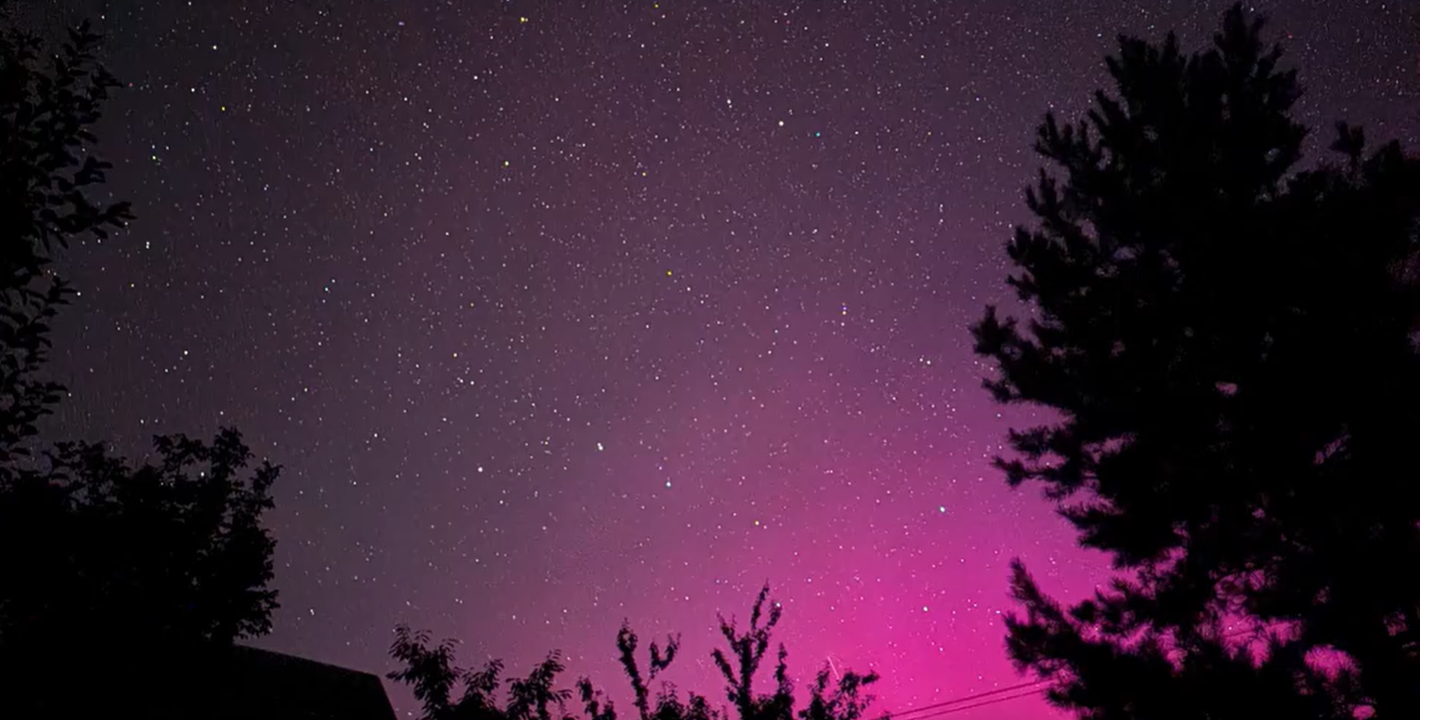Don’t miss the Perseid meteor shower 2025: when and where to watch it
29 July 04:00
The Perseid meteor shower, one of the most spectacular astronomical shows of the year, lasts from late July to August 24. The greatest activity is expected between August 11 and 13. But this year, the full moon will interfere with the starfall – on August 9, its bright light can “interrupt” most meteors. This was reported by "Komersant Ukrainian" with reference to Time and Date.
Despite the full moon at the peak of the meteor shower, Ukrainians will still have a chance to see the summer’s starfall.
When to look at the sky
Peak activity – August 12-13
Ending – August 23
This year’s observation will be somewhat complicated: the almost full Moon, which will rise on August 9, will illuminate up to 84% of the night sky, which will reduce the visibility of fainter meteors.
After August 13, the activity of the stream will begin to decline. However, on August 16, the Moon will again move to the last quarter, and its light will gradually cease to interfere. At this time, it is still possible to see single bright meteors, especially on cloudless nights.
For example, on the night of August 16-17, when the Moon will already be in the last quarter phase, the evening sky will be much darker and more convenient for observing.
The best time to observe
The best time to catch meteors is after midnight, closer to dawn, when the radiant of the stream (the constellation Perseus) is highest in the sky.
However, on the night of August 17, the Moon will rise later, so it will be possible to observe the Perseids before midnight, in complete darkness.
How and where to watch the shooting stars
Choose a dark place, away from city lights.
Check the weather forecast: clouds can completely ruin the experience.
Avoid a bright phone screen – let your eyes adjust to the darkness.
Take a blanket or warm clothes with you – even in August, the nights can be cool.
The stars are best seen in the Northern Hemisphere, but sometimes in the Southern Hemisphere as well.
Tip: If the full moon is in the way, hide it behind a roof, tree or hill, leaving you with a clear view of the sky.
What to expect
In the dark sky, you can see up to 100 meteors per hour. The Perseids are famous for bright, fast stars with long trails. Sometimes you can see fireballs – extremely bright meteors that can obscure even the stars.
Another feature of the Perseids is their colorful flashes. Yellow, red, orange, and sometimes even blue flashes are the result of the combustion of various materials in the atmosphere.
How to take a picture?
If you want to shoot a shooting star:
- Use a camera with a slow shutter speed
- Set up a tripod
- Take a lot of pictures in a row and you will definitely be lucky!
Interesting facts about the Perseids:
- The speed of meteors is 60 km/s
- They look like bright white or yellowish streaks
- Sometimes leave traces that are visible for several seconds
- Most often occur at night and at dawn
Even if the Moon spoils the show a bit, it’s worth seeing this cosmic phenomenon with your own eyes at least once in your life. Moreover, the Perseids are one of the most reliable starfalls of the year that never fails to deliver.
What are the Perseids?
The Perseids is a meteor shower that occurs when the Earth passes through a plume of dust and debris left by Comet 109P/Swift-Tuttle. Tiny particles entering the atmosphere at a speed of up to 60 km/s burn up, forming bright streaks of light in the sky.
The stream got its name from the constellation Perseus, because it is from its direction that meteors “fly out” in the sky.









